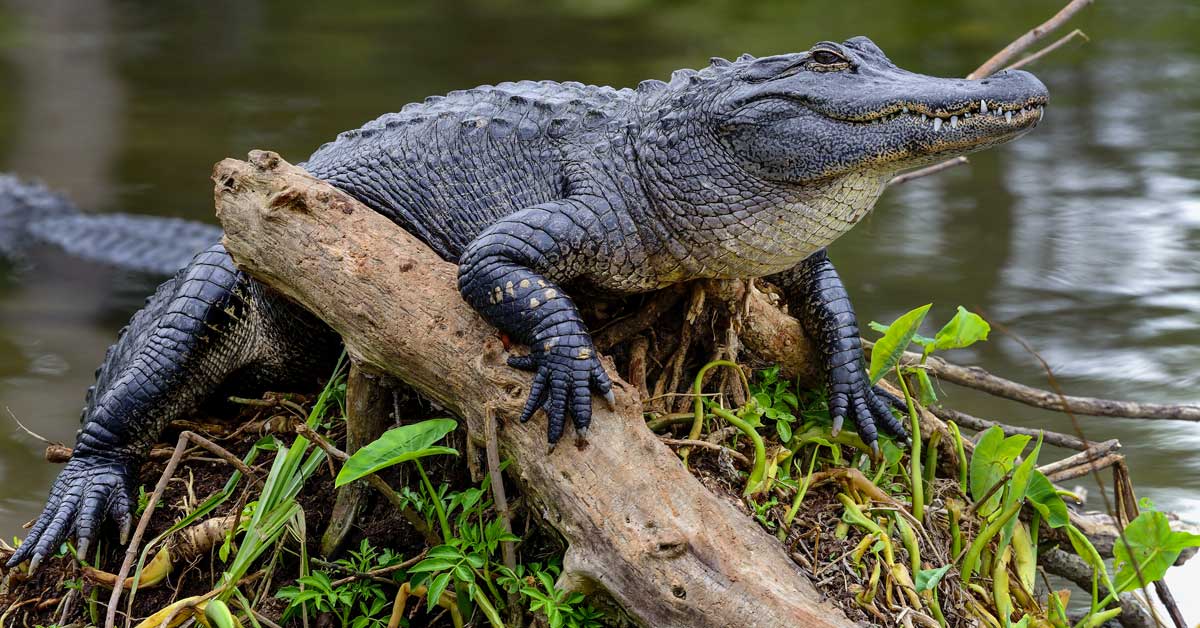Disney, Alligators and Lawsuits
Part 1, Carelessness and Duty
Many of you have likely been following the tragic news story where the alligator at Disney World attacked and drowned a young boy. My Facebook Feed was flooded with people debating who was at fault because the young boy was killed. While most felt Disney was at fault for not properly protecting against this particular type of harm, there were many that felt the parents were to blame. This particular case, while absolutely tragic for all involved, provides a good overview of the American torts system (our system of civil laws and lawsuits) for those that might not otherwise be familiar with it.
Interpretation and Personal Injury Law
Rule number one to be aware of is that all of our laws, criminal, civil, administrative, or otherwise, are subject to interpretation. This means that while your lawyer can attempt to forecast outcomes in any given situation, there are never any guarantees, because it’s impossible to predict what twelve random folks culled from different walks of life and different educational, employment, political and socioeconomic backgrounds, will think of any given situation. I always tell people it can be difficult to persuade any twelve random people that the sky is, in fact, blue. In a civil lawsuit, a jury is asked to interpret community standards, and apply those standards to a given situation to determine if an individual or company committed harm by acting carelessly.
Generally, our civil system of laws operates under a standard of “You break it, you buy it.” Obviously, the legal mumbo-jumbo is slightly different and of course, we don’t treat people like dinner plates in a china shop, but the concept is an appropriate way to look at the American torts system.
Personal Injury and “Attractive Nuisance” in the Disney Case
In this particular case, the question would be, did Disney World create, or should they have been aware of this particular dangerous condition? The answer to that question, as with all good legal questions, is that it depends what twelve random community members (a/k/a, jurors) decide.
In this particular case, I would argue that this tragedy was Disney’s fault. While Disney had a “No Swimming” sign posted, there was no sign warning of the danger of alligators. There was no barrier that had been erected to protect beachgoers from the dangers of gators. Further, the beach was designed to attract vacationers (palm trees, sand, little umbrella drinks), which in legal parlance, is referred to as an “attractive nuisance.” Disney had captured 250 gators on its properties in the last decade, including fifteen this year alone. Finally, emergency workers had warned Disney employees not to feed the alligators, as it was causing them to gather on the property.
Disney’s Liability
The short version is that Disney wanted people to be drawn to its resorts because of its amenities such as the beach, but didn’t take the necessary steps to protect its guests from the dangers that the alligators presented and that Disney likely knew about. In Part 2 of this blog post, we’ll examine whether the parents should be considered in some way at-fault
If you are injured on private property through the neglect of an individual or corporation, known as premises liability, contact Drew Haywood, personal injury lawyer. A personal injury attorney can assist you in receiving compensation for pain and suffering, lost wages, medical bills, and other damages related to your injuries. Contact the Law Office of Drew Haywood for a free consultation by calling 919-525-1775. The Law Office of Drew Haywood is proud to serve personal injury clients in Durham, Raleigh, Chapel Hill, Mebane, Hillsborough, Bahama, Carrboro, and other areas around the Triangle.


